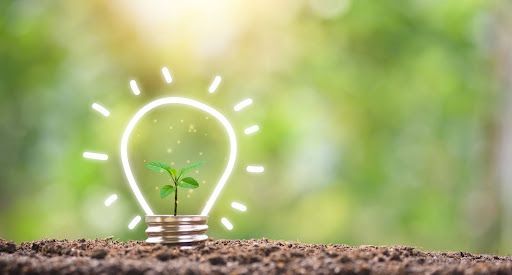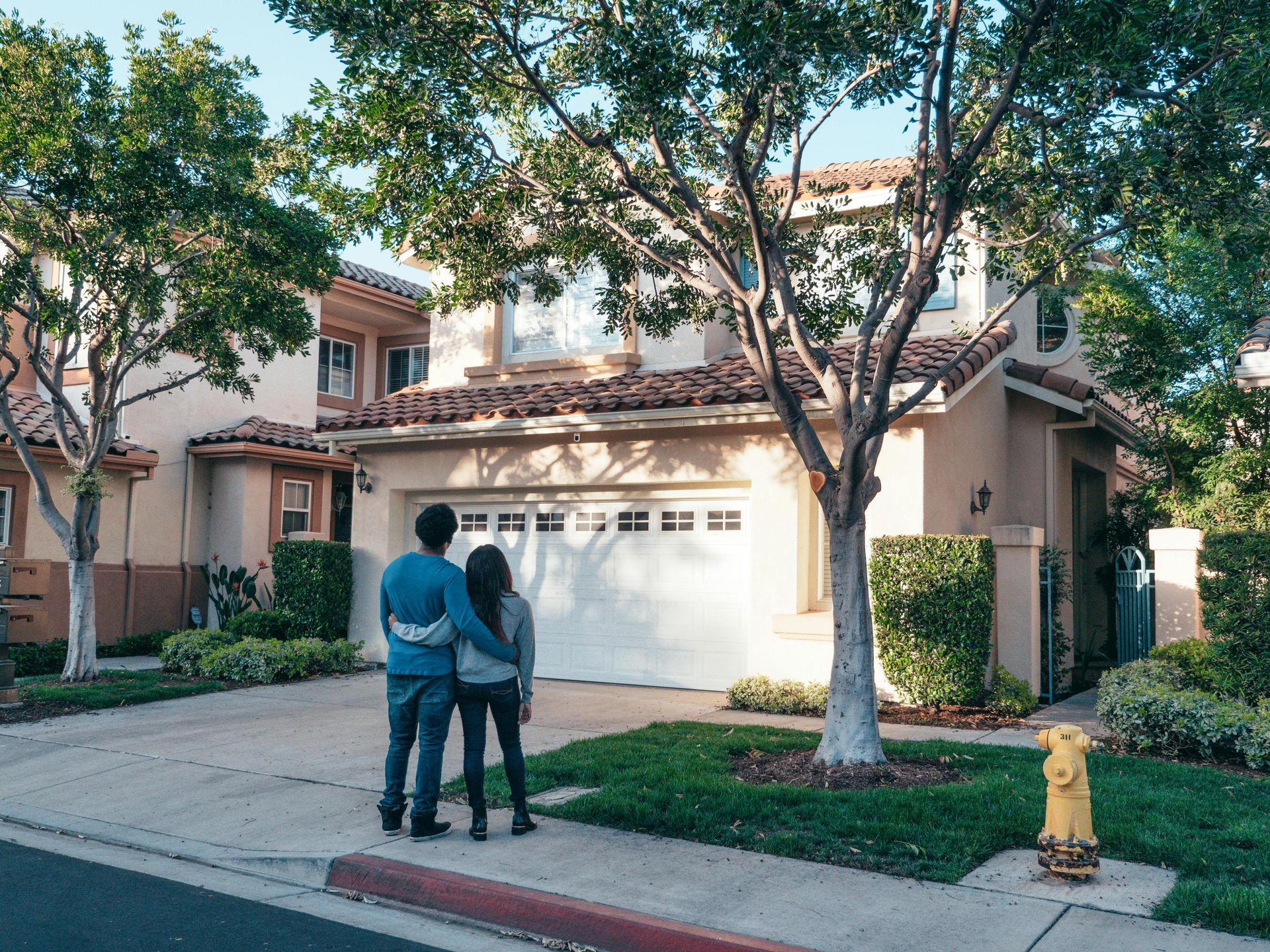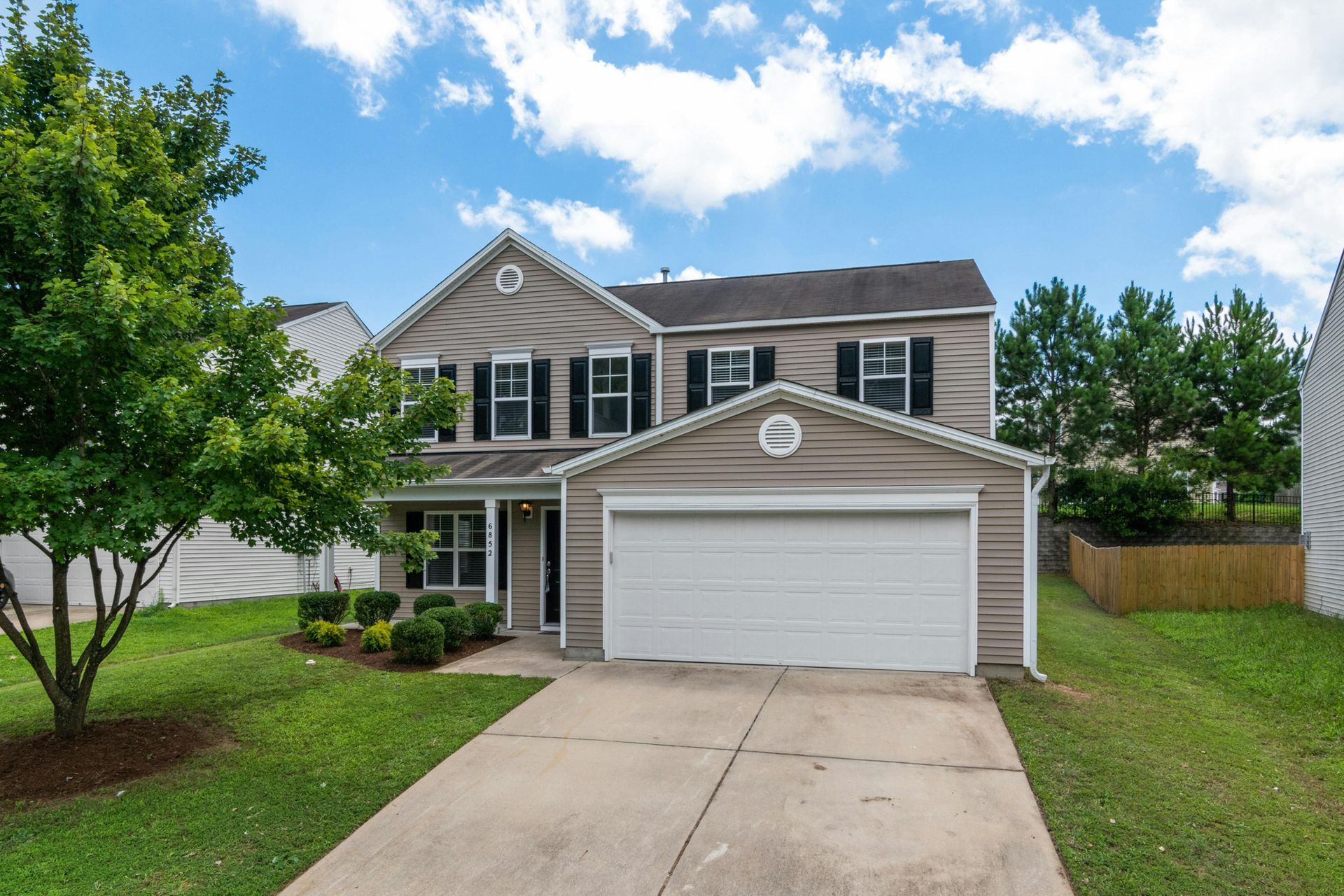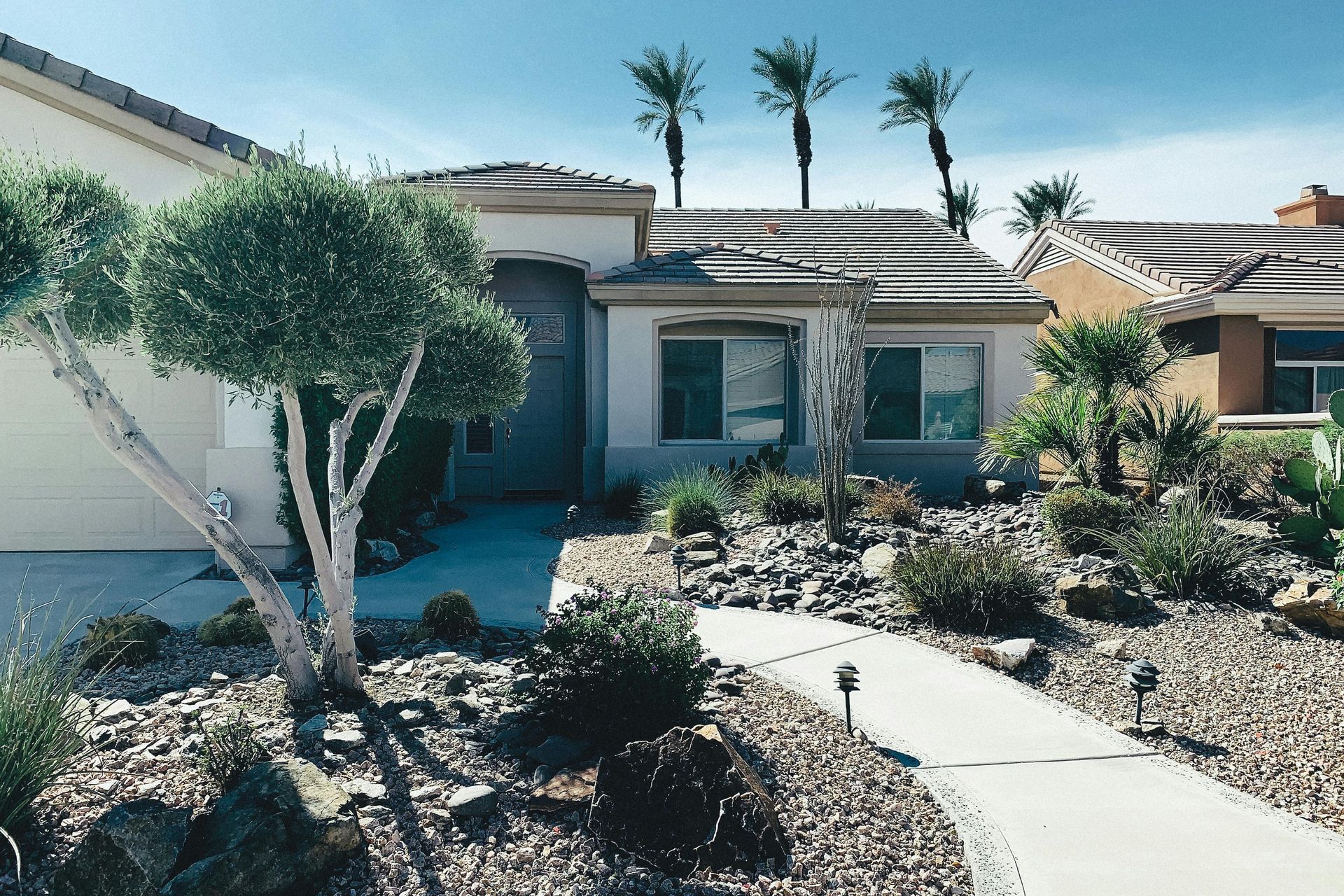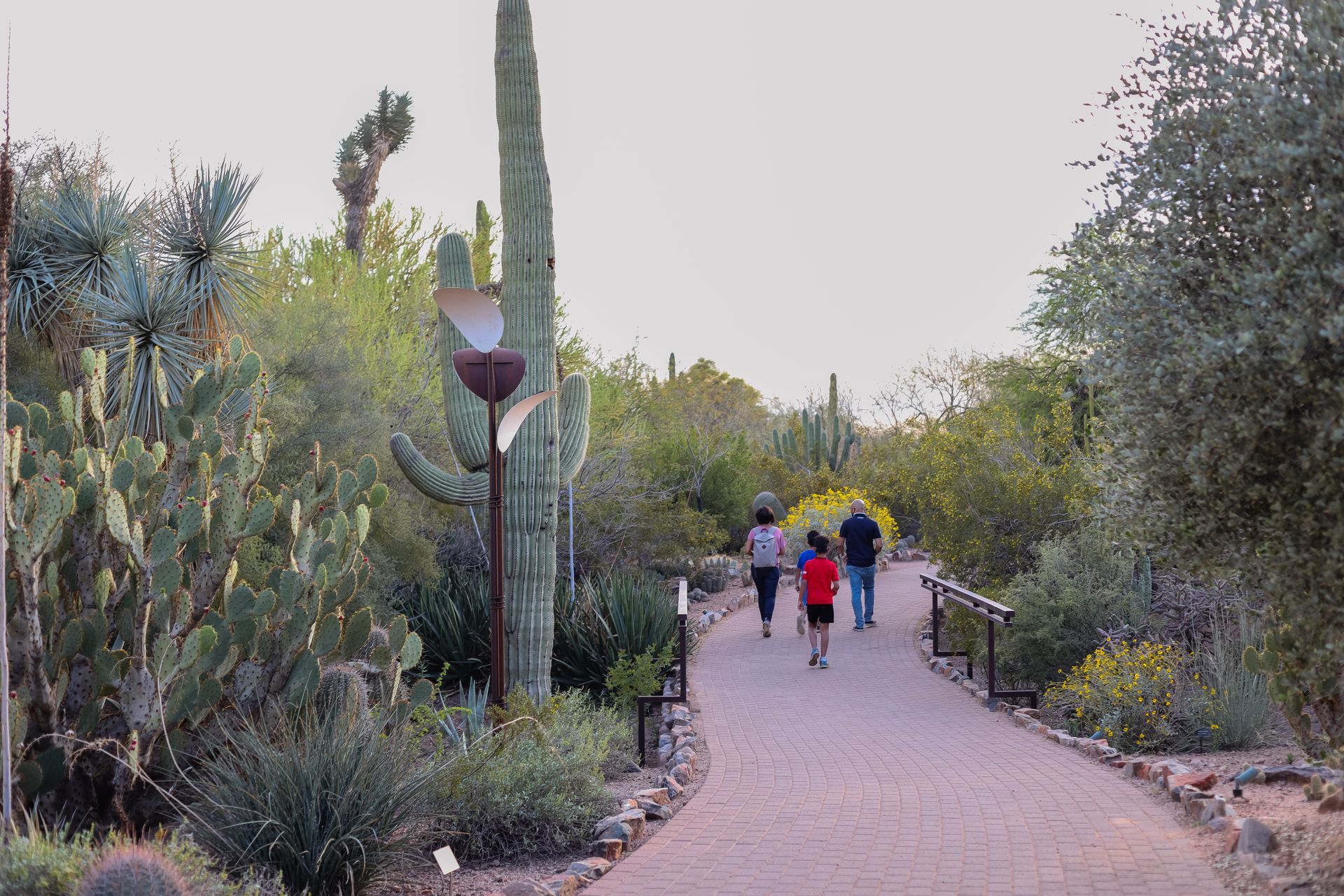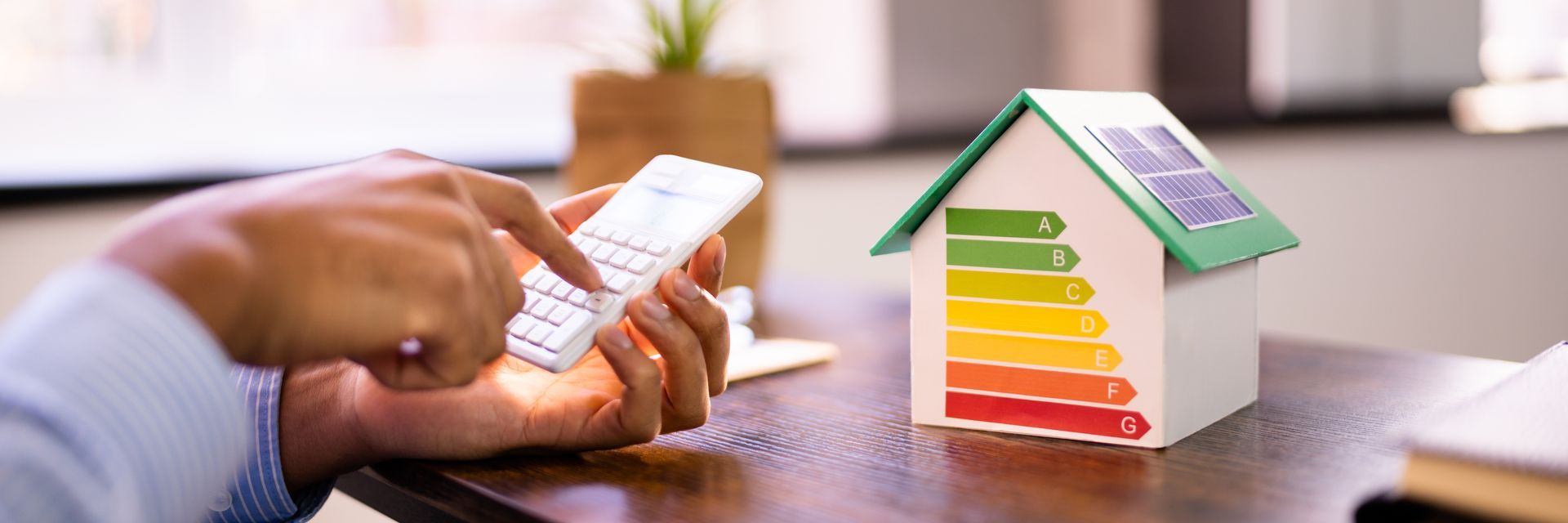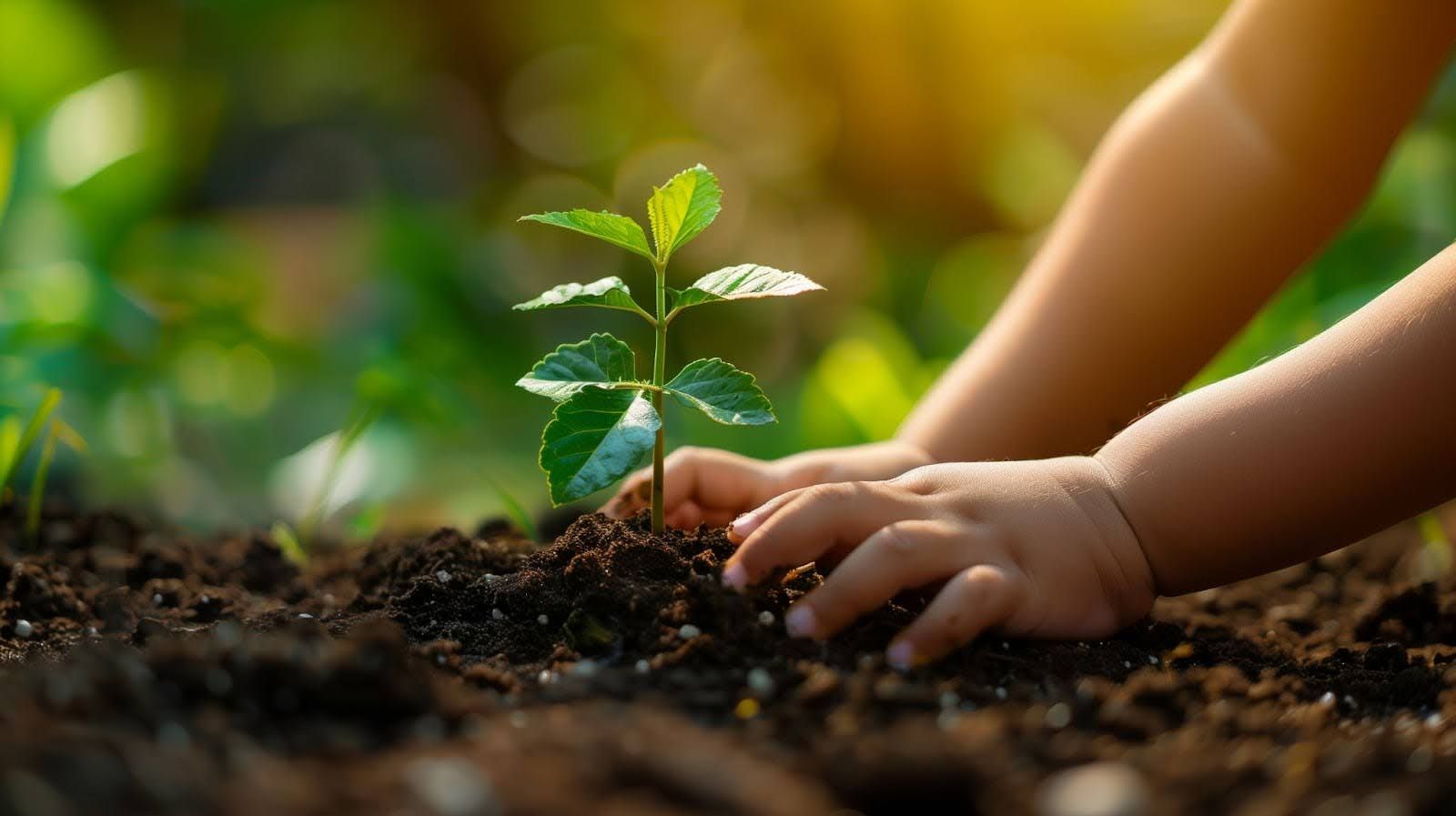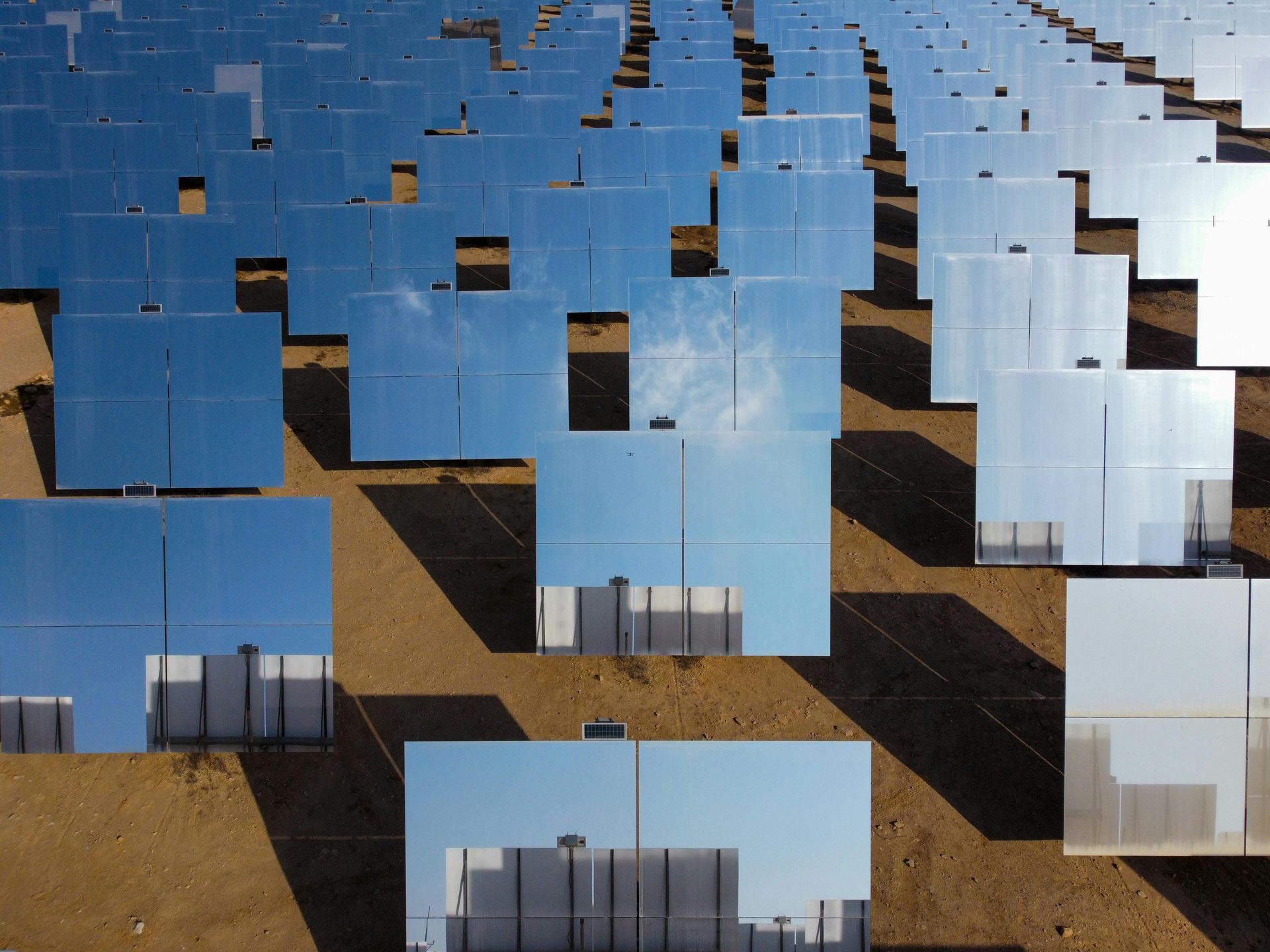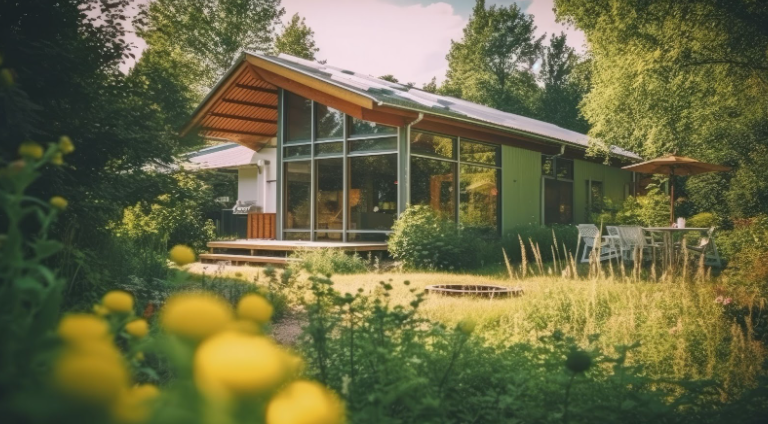Building a Greener Future: Sustainable Construction in Arizona
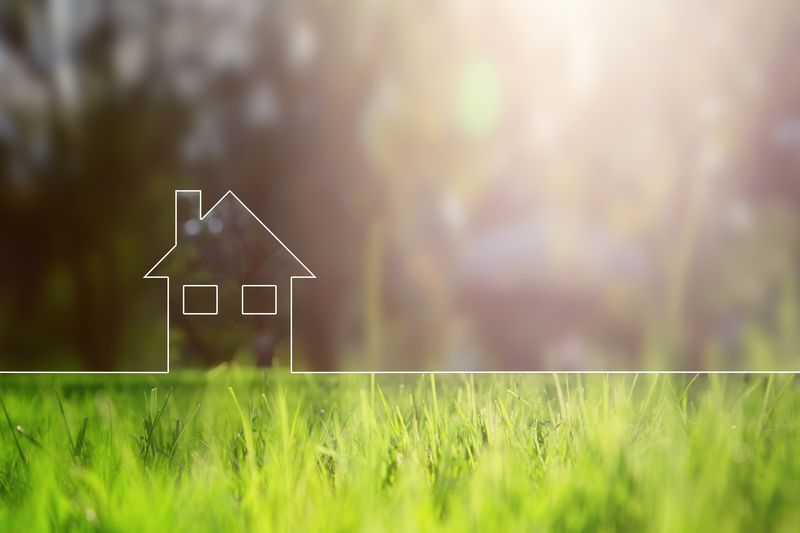
In the vast, sun-soaked expanses of Arizona, the construction sector is undergoing a significant transformation. The shift towards sustainability is more than just a trend; it's a response to the urgent need for environmental stewardship and resource efficiency. Arizona's unique climate and natural resources position it as an ideal location for innovative building practices that prioritize sustainable and responsibly sourced materials.
The Rise of Eco-Friendly Building Materials
Arizona has become a hotbed for sustainable construction, largely due to the increased awareness of the environmental impacts of traditional building practices. Innovations in the field have led to the development and use of eco-friendly materials that meet the needs of the modern homeowner while respecting the planet. Materials like bamboo, recycled steel, and insulated concrete forms are not only sustainable but offer significant advantages over traditional construction materials.
Bamboo is quickly renewable and provides exceptional durability and resistance to pests and fungi, which is vital in the arid Arizona climate. Recycled steel reduces waste in landfills and uses less energy in production than new steel, making it a favorite for structural components. Insulated concrete forms boost energy efficiency, keeping homes cooler in the summer and warmer in the winter, which is especially beneficial in Arizona's extreme temperatures.
Impact on Homeowner Benefits
Choosing sustainable materials does more than just reduce a homeowner's carbon footprint. It also brings numerous practical benefits that are particularly appealing in the real estate market. Homes built with these materials often enjoy lower utility costs due to better insulation and energy efficiency. Additionally, these homes can have higher market values and attract buyers interested in green living.
Sustainability also translates to healthier living environments. Materials like low-VOC paints and natural fiber insulation improve indoor air quality and reduce the risk of health issues associated with chemicals commonly found in building materials. As awareness of these benefits grows, demand for homes incorporating these green practices continues to rise in Arizona.
Economic Impacts and Long-Term Viability
The economic implications of sustainable construction are profound and multifaceted. Initially, some eco-friendly materials can be more expensive than traditional alternatives. However, the long-term savings in energy costs and the durability of materials like bamboo and recycled steel often offset the initial investment.
Furthermore, the growing demand for sustainable homes is stimulating the local economy by creating jobs in green construction and related industries. These jobs range from specialized construction roles to positions in material manufacturing and supply chains that focus on sustainability.
Sustainable Construction and Community Development
Sustainable construction practices also play a crucial role in community development. Developments that incorporate green building techniques often include community spaces that promote environmental sustainability, such as communal gardens or rainwater collection systems. These features not only enhance the community's sustainability but also foster a sense of community among residents.
Moreover, sustainable building practices help to preserve Arizona’s natural landscapes. By using materials that are either sourced locally or manufactured without harmful chemicals, builders help to reduce environmental degradation and pollution. This is crucial in maintaining the state's biodiversity and ensuring a healthy ecosystem for future generations.
Challenges and Innovations in Sustainable Construction
Despite the benefits, there are challenges to adopting sustainable construction practices. The availability of some eco-friendly materials can be limited, and there is often a need for skilled labor familiar with new building technologies and materials.
However, Arizona has seen significant innovation aimed at overcoming these challenges. For example, advances in technology have made it easier to source and produce sustainable materials locally, reducing costs and boosting the local economy. Additionally, educational programs and certifications in green building techniques are becoming more widespread, helping to ensure that workers are well-equipped to meet the demands of sustainable construction.
Looking Ahead: The Future of Real Estate in Arizona
As sustainable construction continues to evolve in Arizona, its influence on the real estate market is likely to grow. Homebuyers are increasingly informed about the benefits of eco-friendly living and are actively seeking properties that reflect their values. This shift is encouraging developers to invest more in sustainable practices, and government policies are gradually aligning to support this transition.
The future of real estate in Arizona looks greener every day. With ongoing advancements in materials and building techniques, coupled with a strong market demand for sustainable homes, Arizona is paving the way for a more sustainable world. It’s a compelling demonstration of how environmental responsibility and economic growth can go hand in hand.
The journey towards a sustainable future is not without its challenges, but with continued innovation and commitment, Arizona’s construction industry is well on its way to creating a greener legacy. This journey, driven by both necessity and opportunity, showcases a promising path forward not just for Arizona but for global efforts in sustainable development.
If you're inspired to invest in a sustainable home in Arizona or looking to integrate green practices into your property, Danijela Quenzler Realty is here to guide you. Discover how we can make your green dream home a reality. Contact us today to start your journey towards sustainable homeownership.
